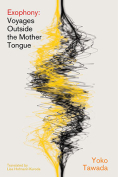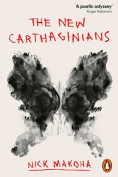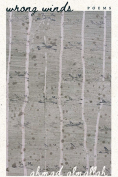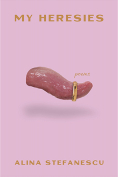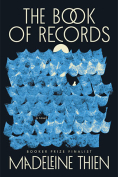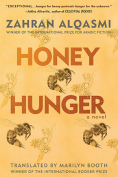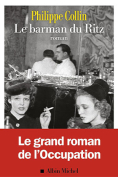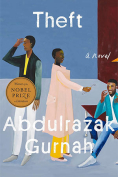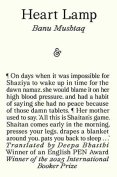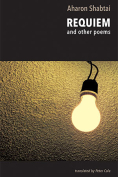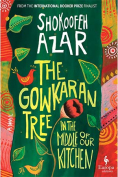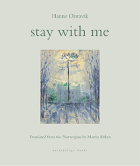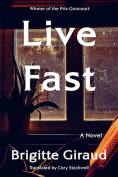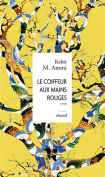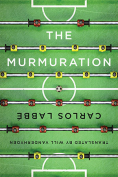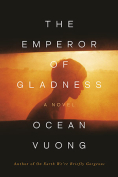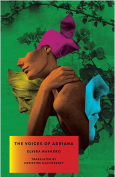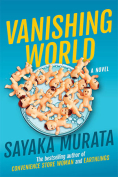Stay with Me by Hanne Ørstavik
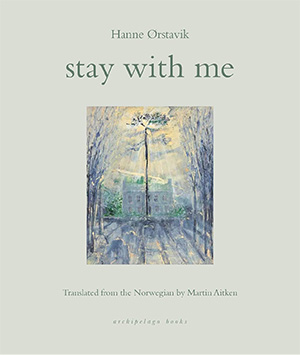
New York. Archipelago. 2025. 250 pages.
Norwegian writer Hanne Ørstavik (b. 1969) often writes intensely immersive novels about the search for a “perfect” love, unaware of the irony implicit in such a declaration. In this haunting work, Stay with Me, her first-person narrator speaks to us in a manner that feels like Ørstavik herself.
The narrator begins an affair with a blue-collar guy seventeen years her junior. Ørstavik writes in deceptively simple sentences that carry beneath them a larger complexity and rawness. Her narrator knows her ongoing troubles with men have something to do with watching her father beat her mother repeatedly until her mother fled their childhood home, but she isn’t inclined to dwell too much on this. She has convinced herself she can heal by finding an ecstatic perfect union that will erase all the trauma that has come before. The notion of acquiring a strong sense of self isn’t even in her lexicon. She remains caught in a chaos loop that began when she was little and “Afraid was a state of being. I don’t know when it started. All I know is I was afraid, afraid was a skin that couldn’t be shed.” Even with a new lover, she is haunted by the feeling he can be snatched away at any given moment.
Soon after beginning her affair with M, our narrator finds herself thinking about “the softness in his eyes. The part of him that’s naked. To be with him there. Where nothing is in doubt.” She waits by her phone for his next call or text with the trepidation of a young schoolgirl. Her trusted friend senses she is in over her head and tries to reach out to her. But she defends her decision, saying, “Every moment, no matter if it hurts, no matter if it’s terrible, is so intense then, it bursts open, and everything is shoved out to the edges. To look at M, for me is to look straight into life.”
But even she eventually starts to notice some disturbing things about M. Like the way he casually kicks his dog or begins to shout at her for excess drinking or saying something he considers hurtful. The way his temper suddenly flares as well as the way he shouts at her, “Really want to see me angry?” Still, she finds excuses for his behavior knowing he, too, was abused as she was. They are both wounded warriors, and it feels romantic to her, like they were destined to find each other. She knows no other way to relate to men. It has always been about pleasing them, appeasing them, and figuring out how they won’t be able to live without her. When her friend again tries to intervene, she stops her, thinking, “Others don’t see it. They don’t see his warmth, they don’t get the person he is, the tenderness, all that glimmers and glows so deep inside. Our world, our whole universe. He shows it only to me.”
What Ørstavik has been able to do through the intimate voice of her narrator is offer us an intricate blueprint of the inner workings of a deeply traumatized woman caught in a sand trap from which she can’t escape. Her childhood, whether she wants to think about it or not, has a poisonous hold on her. It can’t be shaken off or wished away or replaced with something magical. It must be fought through with an energy and determination few have. And it only can begin if one realizes this. She remains imprisoned within her own self-deceptions and lies.
We long for a distraction from the madness, and Ørstavik’s narrator provides us with plenty, which allows us to get a sense of her outside of her relationship with M. We hear about her professional life as a successful author and active participant in her local literary community. She mentions a daughter from a first marriage whom she dearly loves. She speaks about the writers she worships, like Virginia Woolf, Christina Hesselholdt, and Marguerite Duras. She refers more than once to her fondness for the character Meryl Streep played in The Bridges of Madison County.
She also speaks about wanting to be a better writer, worried that her “concrete, tangible, fragments of existence” lack the lush imagery of other writers she reveres. She speaks about the seductiveness of Marilyn Monroe’s soft speaking voice, pointing out to us that it didn’t prevent her husband Joe DiMaggio from hitting her when he felt inclined to. She seems to admire Monroe’s unwillingness to speak badly about DiMaggio, saying, “What wounds of hers bled against his, chafed and seeped and bled, what was it they recognized in each other that no one else but they could?” We see how much she is drawn to the notion of a secret special love that only the two lovers can understand. It affects almost all her perceptions.
We read Ørstavik’s book mesmerized by her ability to ensnare us in her agony. We hear her wrestling with what love really is, and if truth be told, most of us are unsure. But we do know this: How can a child who has never seen her parents embrace or witness any tenderness between them grow up and know how to make a life with another person that enriches them both? One without fear, dread, and self-loathing? Hanne Ørstavik’s stark portrait of her narrator’s desperation feels maddeningly real and hard to forget.
Elaine Margolin
Merrick, New York

